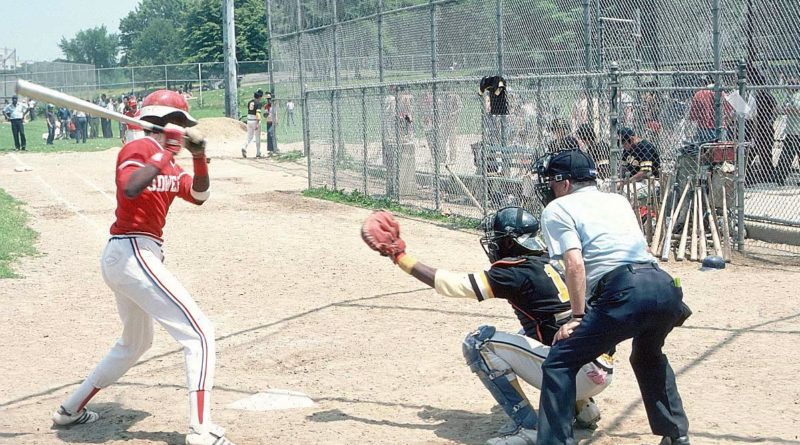Sport pictures
Sport is a major area of human interest and activity. A large part of our leisure, newspaper and TV time is given over to it. A pragmatic approach to defining “sport” is to look at the common usage of the term. A sport can be operationally defined as an activity characteristically involving :
Conforming to a set of rules for the activity while aiming to attain excellence.
The excellence referred to above may be measured against previous benchmarks, time measurements, performance of the other team or participants, world records, etc..
More than most types of photography, sports photography requires the right equipment:
Lens: aim to get the longest lens you can afford, say a 300mm or 400mm lens with a built in tripod mount. Choose a lens with an f stop of f/2.8 or f/4.
Then you have to use the equipment effectively:
Shutter speed: to freeze action you need a high shutter speed (ISO). Professionals use 1/1000th of a second, although expensive modern cameras will go up to 3200 ISO.
If you are a beginner you could let the camera decide the best setting by using Auto ISO, or if you wish to experiment, start with 1600 ISO.
For a picture with a player in sharp focus against a blurry background, use 1/100th of a second or 1/80th of a second.
Do not use a flash without checking first that it is allowed. Many sports authorities ban the use of flash because it can distract the players.
Shoot in jpeg format in the camera. This compresses your images and will allow you to edit and file them easily.
Lastly, to make good sports pictures, follow some of these ideas:
Know your sport: This will help you compose the shot well. You will understand the angles and positioning of the participants and will have a better idea of when to release the shutter.
Try to tell a story: Brilliant though action shots can be, a sense of the story behind the pictures will add interest. Consider photographing sports lifestyles, close-up portraits of competitors, their equipment, crowd reactions and the setting of the event.
Do something different: While studying other people’s sports photos in magazines is a valuable exercise, in the end something original will be more striking. Consider unusual angles, experiment with camera settings, or work on the photographs with some of the commercially available software for improving digital photographs.





































































































